Microsense Kramnik Gelfand Program Day 3: When to calculate and when not to
The work on the openings is in full swing at the Microsense Kramnik Gelfand Training Camp. The breaks are getting shorter, the time of completing the sessions are being pushed back. Everyone is working hard - the trainers as well as the students. When you sit in the classroom and spend some time as a student, you realize that although the camp is meant for openings, it is not just openings that are being discussed. In fact so many middlegame positions are carefully being analyzed, so many endgame techniques are being shown. Yes, the major emphasis is on the opening, but when players like Kramnik and Gelfand are training you, they take the entire game as a whole and not some fragmented bits. In this article you learn when it is important to calculate and when not to, Gelfand's approach towards opening and Kramnik's art of mini-schemes!

Let's begin today's article with two positions.
Geller vs Fischer, Curacao 1962
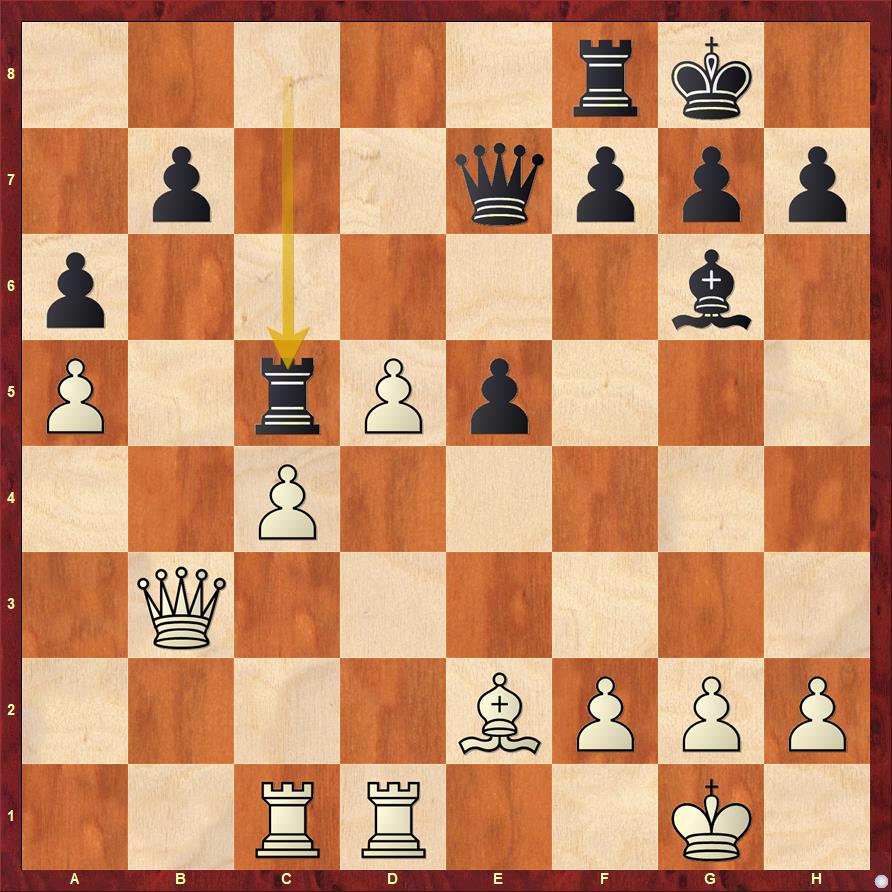
Kramnik vs Adhiban, Baku Olympiad 2016
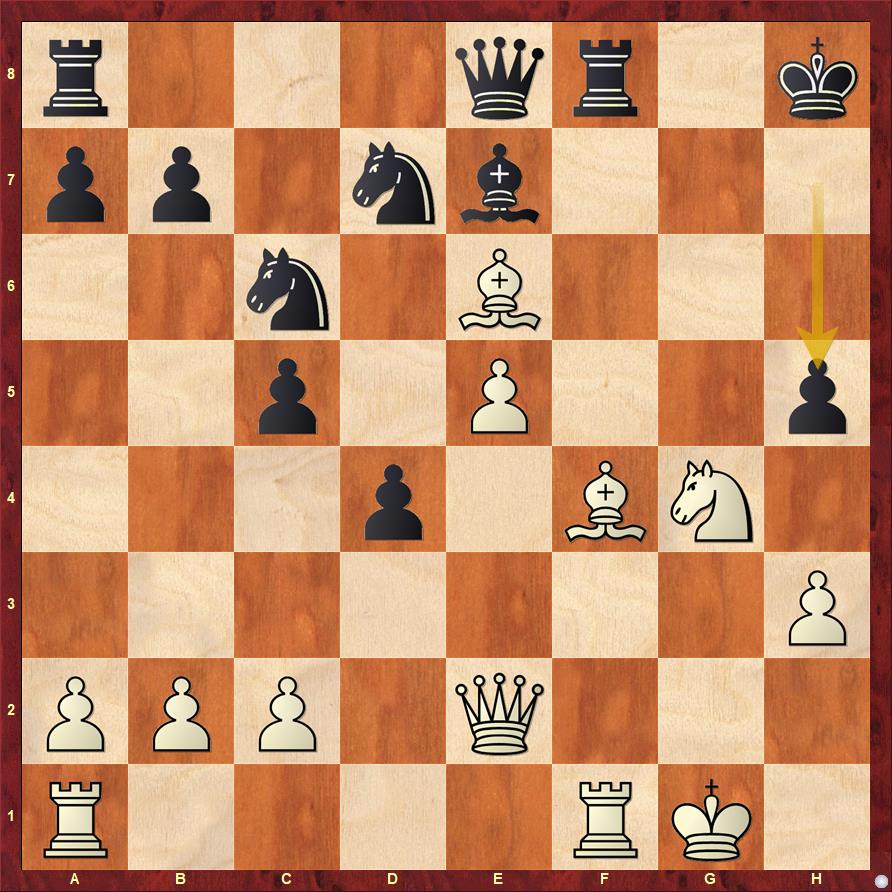
A beautiful positional concept
Geller vs Fischer

Let's assume you reach a position like this in your game as White and now you have to find a way to continue. It is clear that your pawns on c4 and d5 are the most important facets in the position. You need to get them rolling. How would you do it?

One of them said Bg4 forcing f5 and coming back. Another one shouted d6, so as to stop Black from blockading on that square. Qg3 is also an option mentioned another. But none of them could find Geller's idea. In fact, once you see it, the idea becomes quite obvious, but to see it before hand like Geller did, is not at all easy. Ra1! was played by Efim. His plan is to play Ra4 followed by Rb4 and put more pressure on b7. In fact this manoeuvre is so strong that Fischer self destructed pretty quickly and Geller scored the full point.
Now let's go to the next position:
Life in a way forces you to do it
Kramnik vs Adhiban, analysis variation, Baku Olympiad 2016

In this position Kramnik gave the youngsters the task of analyzing the possibilities. White to play. The knight cannot really move because Qg6+ would win the bishop on e6. So you need to come up with something more forcing in nature. The right move as it turns out is Kh1! the subtle point being - after hxg4 Qxg4 White is crashing through and completely winning. However, it's quite a difficult move to find. The most natural one is Bxd7 (instead of Kh1). After Qxd7 e6 Qd5
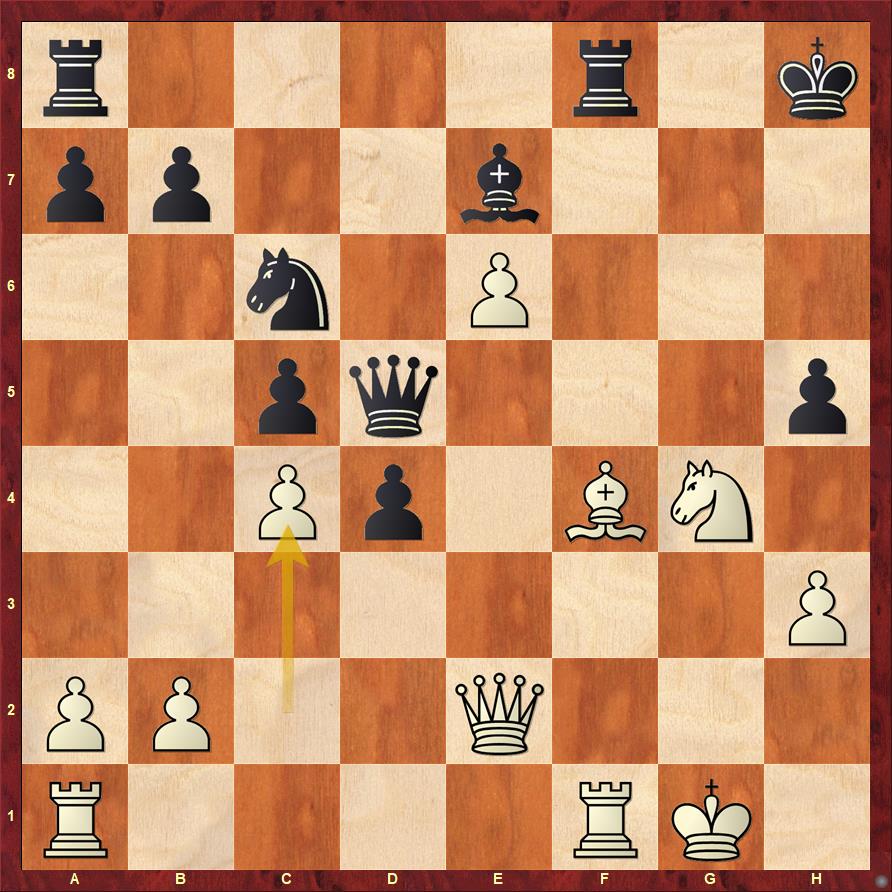
Vladimir said, "Earlier I used to calculate quite superficially and would miss many things, but over the years, my calculation became more accurate." How did he improve his calculation, was the next question. How did he become an accurate and monster calculator from a person who was good but would miss things! "Well, in a way life forces you to do it", said Vlad. "You face strong players and they give you stiff resistance. When you are not able to convert better positions against them, you understand that you will have to calculate better in order to beat them." Moves like c4 (in the above diagram) show your resourcefulness and are very critical to be found if you want to beat strong opponents.
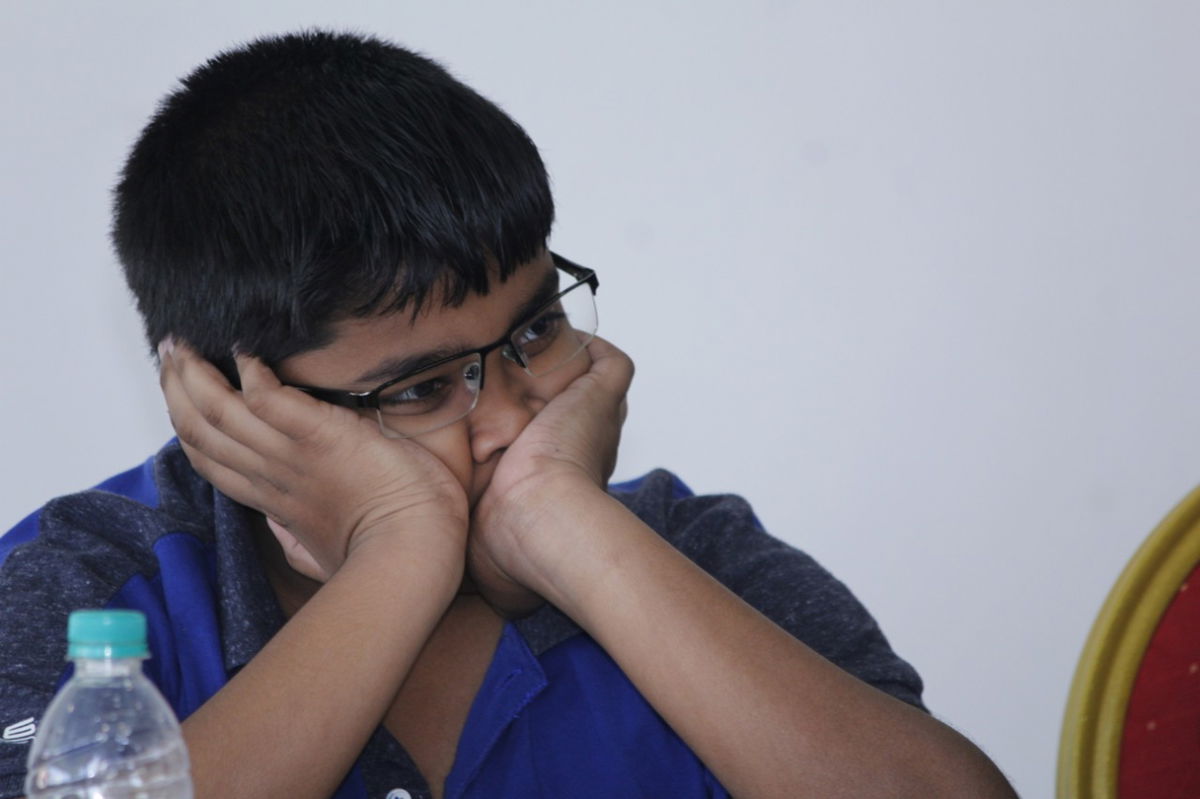
Calculation is a difficult art to master. In the game of Geller, if you began to calculate, you would never find the move Ra1 with the idea of going to a4-b4. You had to be looking at the weaknesses in the position, and how you can improve your pieces. However, when you come to Kramnik's game, you understand the need to switch on your brain and begin calculating one line after another. However, even in that position, it is not so simple. There was an option to play Kh1 on the first move itself and without much calculation, White is winning. However, if you begin calculating Bxd7, then you have to go down the line, all the way upto 15-20 moves! Calculation in chess is a difficult art to master, and you need to understand when it is the right time to calculate and when it is not!
Squeezing water from stone
Watch this video and tell us what do you think about Kramnik's endgame technique:
Kramnik has made a living out of winning slightly better endgames. He plays on and on and at some point or the other his opponent's collapse! It's like squeezing water from stone. But how exactly does he do it?
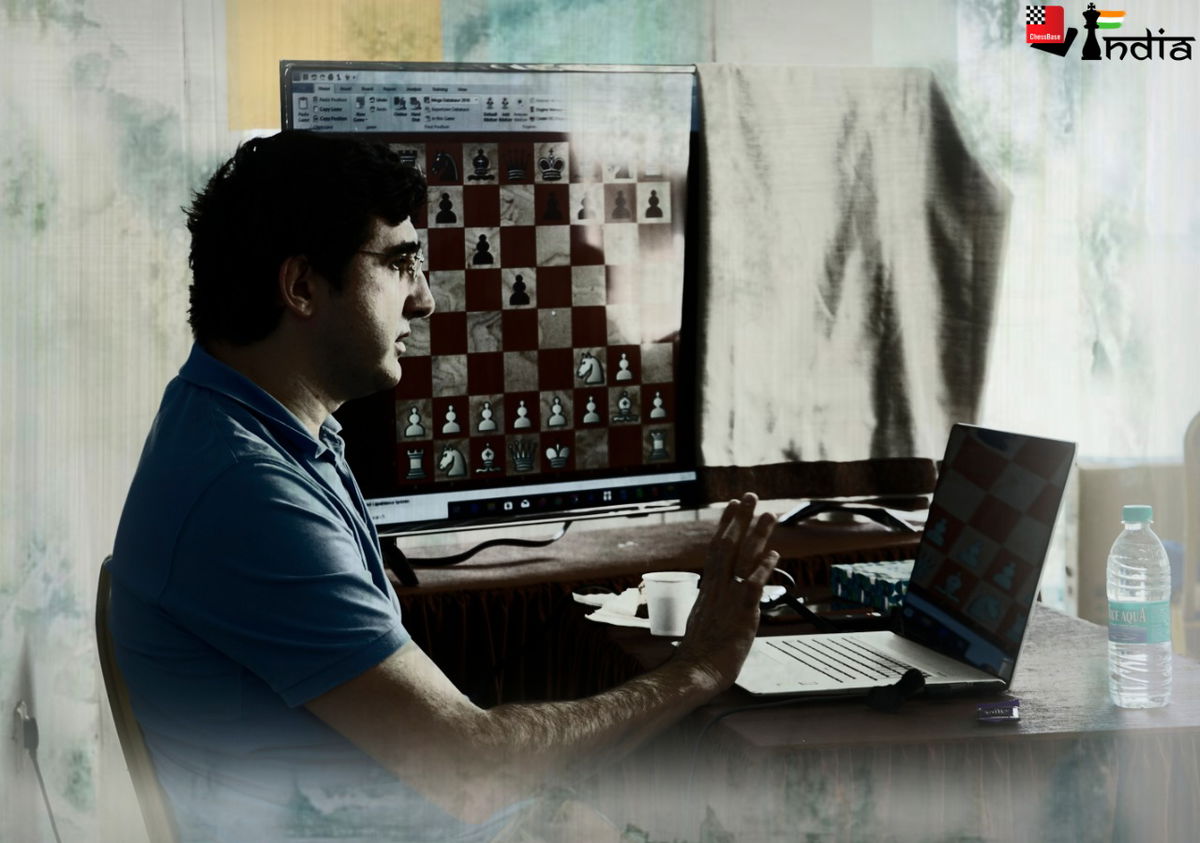
There are several qualities that have helped Kramnik become a strong endgame player and an entire article can be written on this subject. But if there is one quality that I have always found in ample measure in him, then it has to be "mini-schematic thinking". Schematic thinking in chess refers to situations where you think in terms of plans not really paying attention to specific moves or move orders. You see where your pieces belong and then you do the reverse working of how they should reach there with specific moves. But pay special attention to the word mini in mini-schematic thinking. This, according to me, has been Kramnik's big weapon. Check out this position.
Kramnik vs Tomashevsky
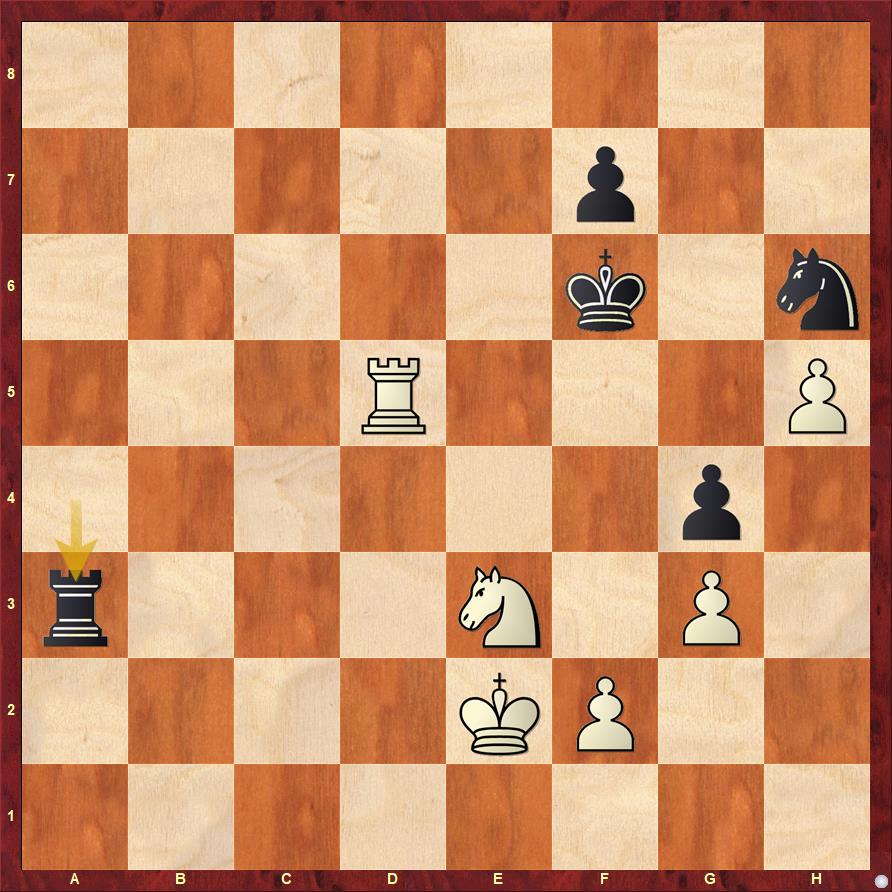
Kramnik doesn't really care what the objective assessment of the position is. Whether he is winning or it is a draw is not important for him. What matters to him is the next step. Just the next step. As he mentioned in the class, "There is no point in trying to look too much ahead." You have to make mini-schemes and execute them well. In this case the mini-scheme would be to get your king to the third rank. It is with this intention that Vladimir played Rc5! The plan is to go either Nd5 or Nd1 and then get the knight to c3. Once the third rank is blocked you can get your king up to d3 or e3 and then make the next mini-scheme.
Kramnik's art of mini-schemes - try it out in your games as well. It will help you to become a stronger endgame player.
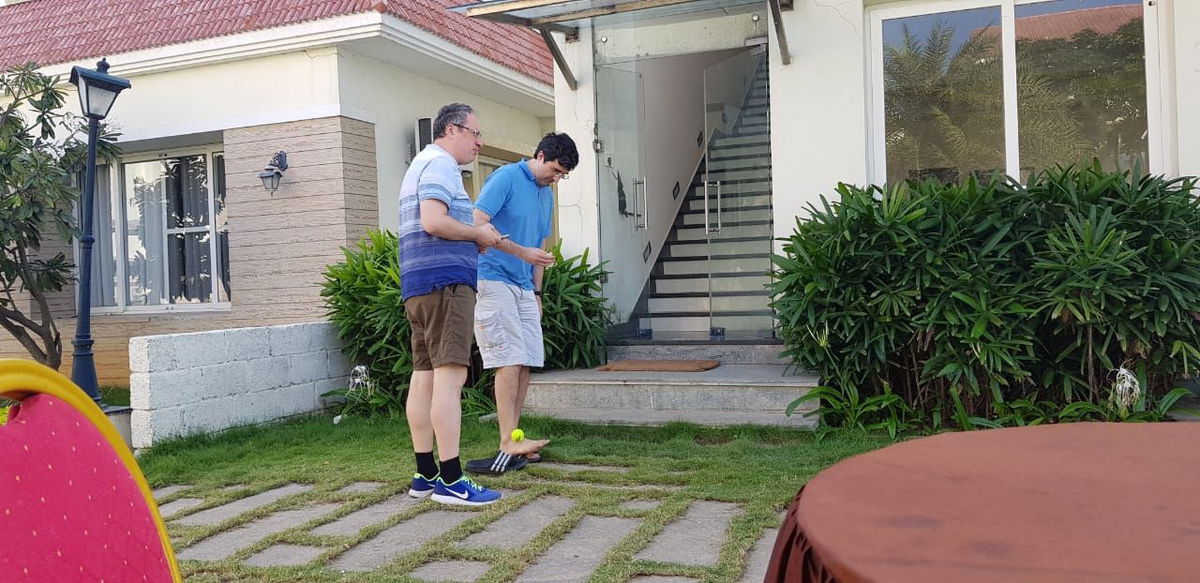
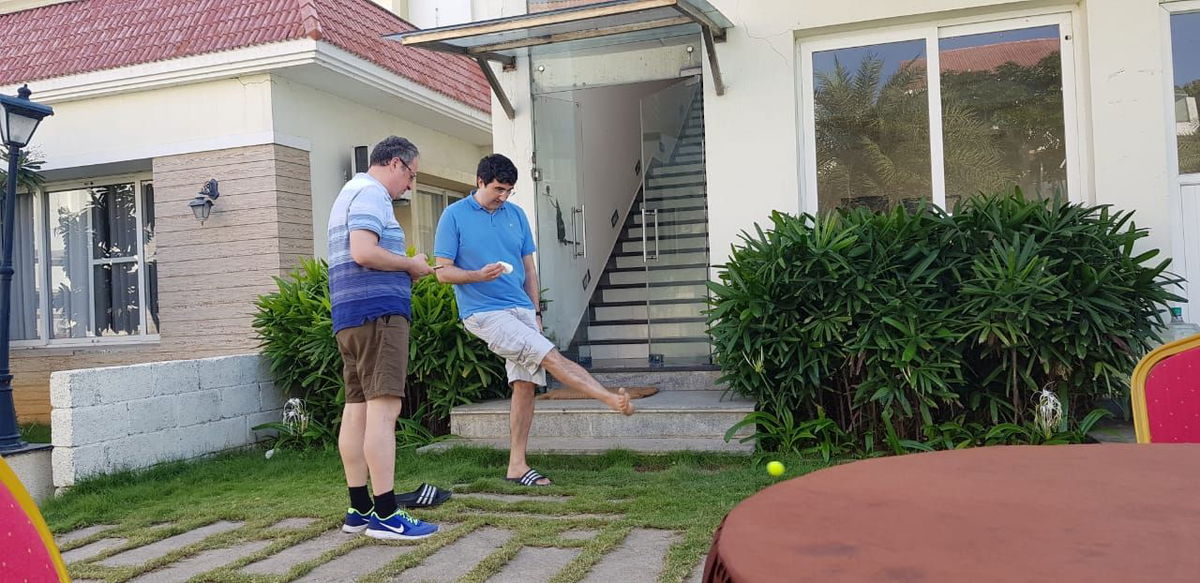

It ain't broken until it can be fixed

Gelfand's approach towards openings is one that of long term. Why to throw it away if you can fix it. Usually youngsters have the habit of giving up an opening after a loss. In the present day where so much material is freely available and the number of good options are on the rise, it doesn't take much time to learn a new opening. But Boris has different thoughts on this subject. According to him, it is important to analyze your every loss, find improvements in them and then go to your next game prepared. This method has served him well over the years, be it Sveshnikov, Najdorf, Grunfeld or the Semi Slav. "It ain't broken until it can be fixed!"

Five minutes and you fall in love with Gelfand!
After the training ended, everyone was tired. They wanted to either play with each other, or just go back to the room and relax. I told them, that today from 9-10 p.m. we would be watching the movie "Album 61". It was quite surprising for me that none of the youngsters had seen this movie! It started to get quite interesting when at the dinner table they began asking me what the movie is all about. I asked them to guess. "It's based on P. Iniyan," said one, because he is India's 61st GM. "No, it should be on Botvinnik and Tal as 1961 was the year of their rematch!" Life is nice when you do not have your mobile phone and Google readily available at all times! Some of them entered the room reluctantly as they wanted to go back. I told them that they should watch the movie from 9 to 9.05. If they do not enjoy it, then they can leave! I was confident that once they saw the first few minutes they would be riveted to their chairs. That's exactly what happened!
Album 61 is a movie about Boris Gelfand's life. Boris' father collected all the important things in Gelfand's chess career and made 60 albums out of it! And that's how the name came about Album 61. For the kids to know so much more about the person from whom they were learning was truly fascinating! Also the movie revolved around the World Championship match 2012 where Gelfand took on Vishy Anand. Anand's presence in the movie gave it an even more interesting flavour!
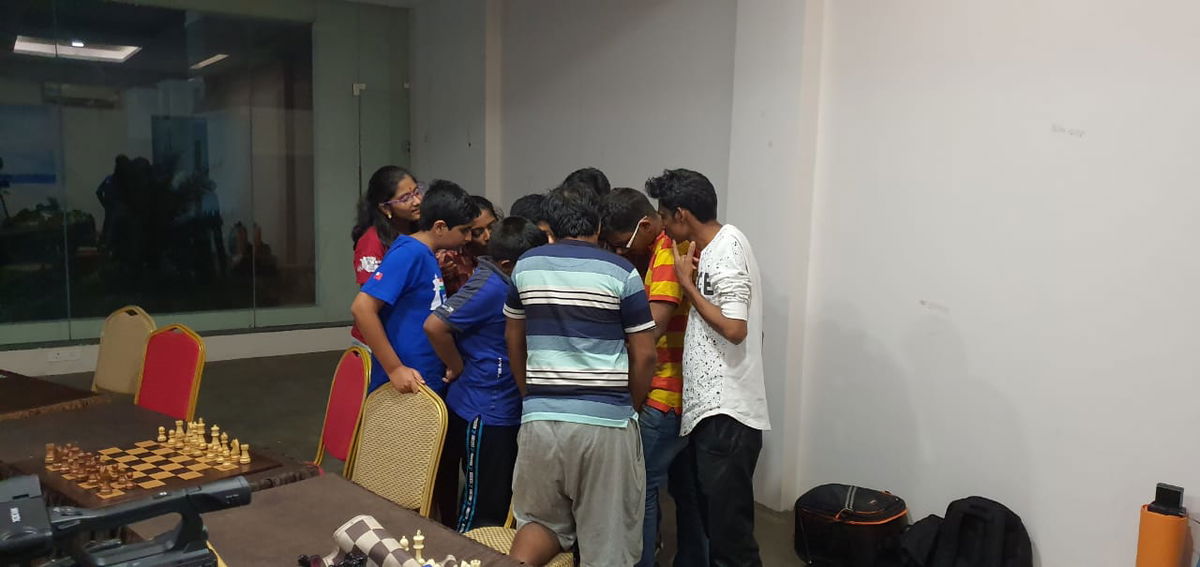
It was a nice bonding moment for the team and they thoroughly enjoyed the movie. If you haven't seen it, you can do so from the video embed below!
Answer to position for the day:
Antipov vs Saviliev
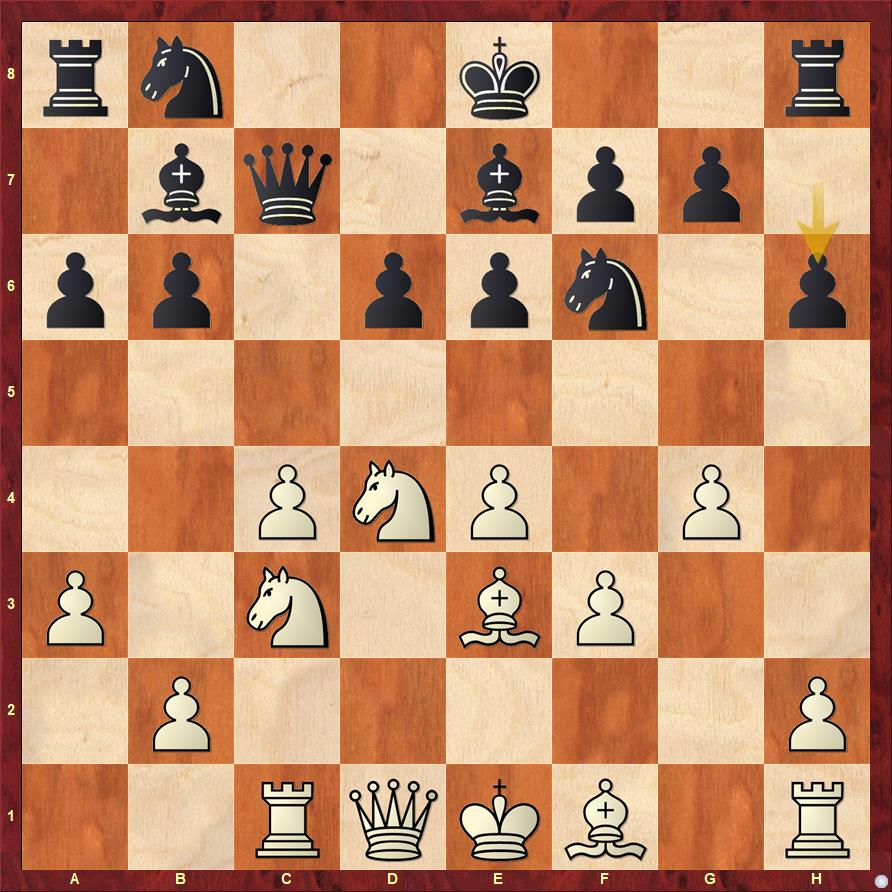
Of course there are many normal ways to continue this position. White can play Be2. He can also go Qd2. But here White has a powerful move at his disposal. So unusual, that it would never cross a mind of a player brought up on classical education of chess. The move is Kd2! It doesn't mean with Qd2 or Be2 are bad moves. But it's just that the king will be very safe on b1 and if you can go Kd2-c2-b1, then you can attack on the kingside without a care! That's the reason why Kd2 is a very powerful move!
Previous articles of the camp:
Inauguration: The syllabus of the training
Day 1: Fire and Ice
Day 2: To become a good chess player, just chess is not enough























